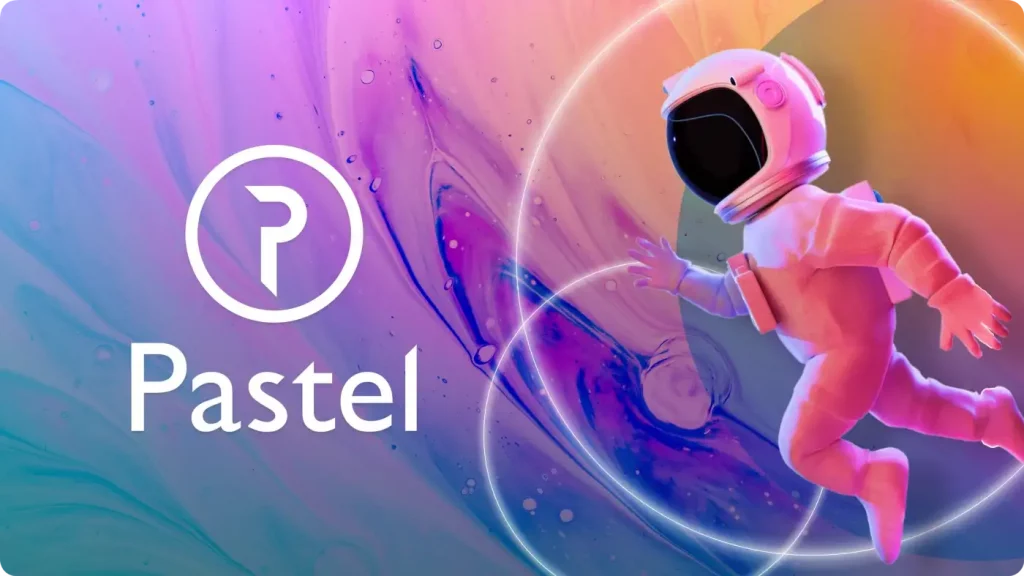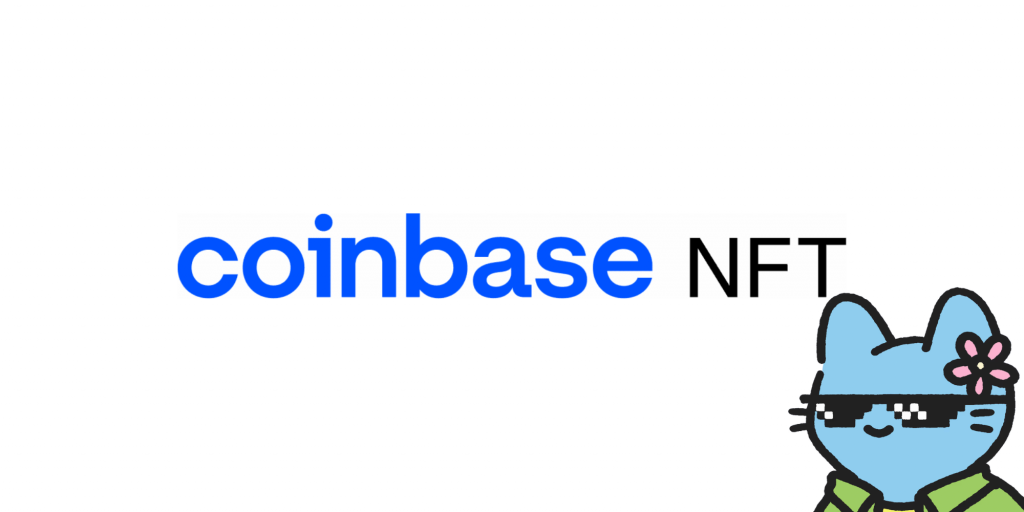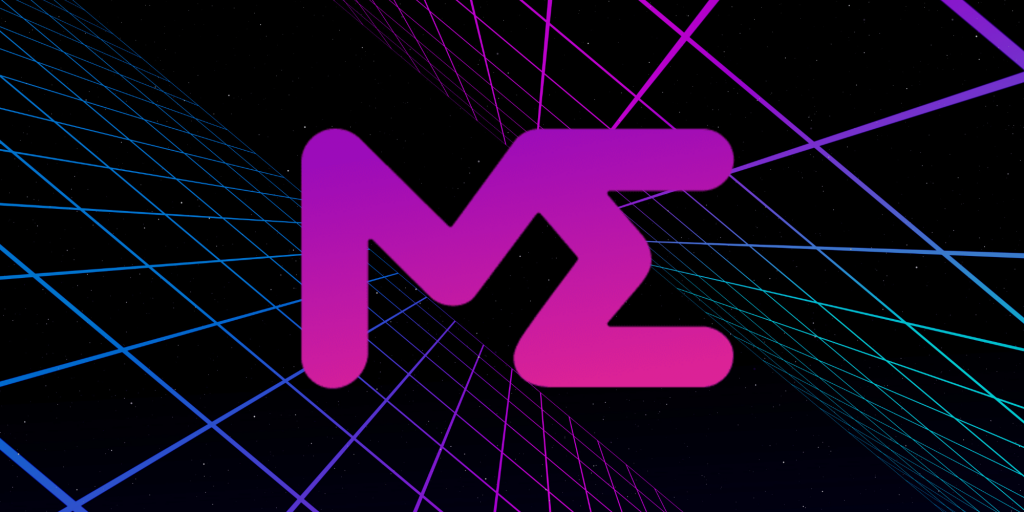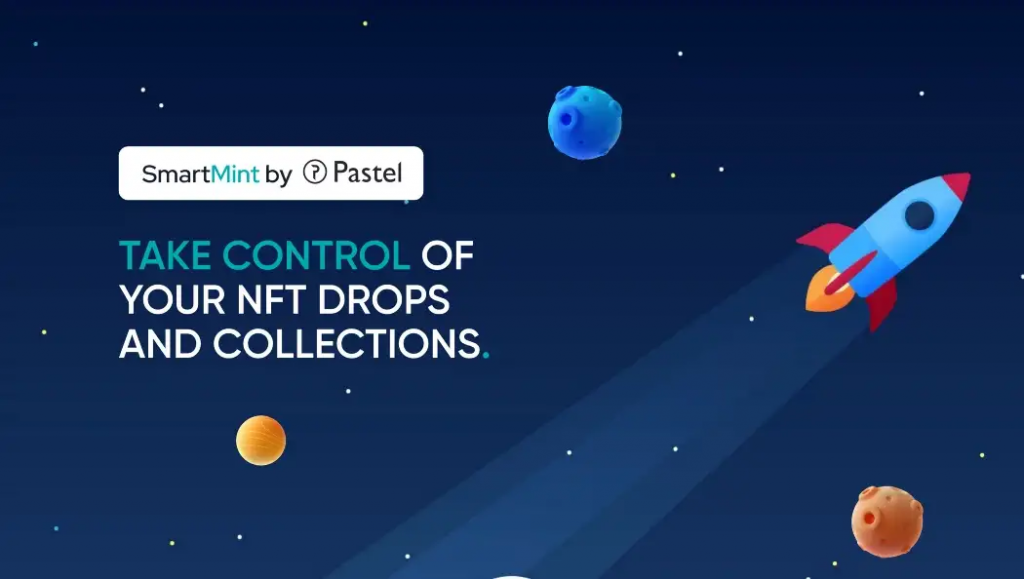Bitcoin did the heavy lifting of creating a peer-to-peer decentralized and tokenized financial network. One person can send another person halfway around the world $1,000,000 in BTC for a paltry $20, sometimes even as low as a dollar and change.
The problem is that microtransactions, such as sending a friend $4 for a cup of coffee, cost the same.
Similarly, Ethereum created an entire galaxy of possibilities for DeFi, NFTs, and other decentralized applications. However, the breadth of its value has also been one of its detractions– as network gas fees skyrocket in times of extremely high traffic, making using the network ludicrously expensive for users and developers alike.
CryptoKitties, an early sensational NFT game, nearly ground Ethereum’s network activity to a halt in 2018 due to the throng of transactions. Even today, gas fees can be hundreds or thousands of dollars to mint a new Ethereum-based NFT.
However, problems are usually followed by problem solvers. Hundreds of developers have dedicated their professional lives of late to either building decentralized apps to help scale projects like Bitcoin or Ethereum or creating more scalable networks from the ground up.
Layer-1: The underlying blockchain architecture. For example, Bitcoin and Ethereum.
Layer-2: A network that sits on top of Layer-1, which facilities network activity. For example, the Lightning Network and Raiden Network.
The following Layer-1 vs. Layer-2 blockchain guide explores both approaches and how they contrast.
Layer-1 vs. Layer-2 Blockchains: The Basics
Layer-1 updates usually involve consensus protocol changes or sharding.
As you may know, Bitcoin and Ethereum use a gawky but effective consensus protocol called Proof-of-Work (PoW). It’s good at what it does because it works. However, as network activity grows, its limitations become unbearable for many.
PoW requires miners to solve cryptographically-difficult equations via computational power– hence Bitcoin mining facilities that are just warehouses with specifically designed computers running 24/7/365
At times, transactions can take way too long for convenience’s sake and become very expensive. Bitcoin can manage about seven transactions per second, whereas Ethereum can do 15-20.
Proof-of-Stake (PoS) is a relatively newer protocol; rather than computation power, it relies on people (validators) staking a certain quantity of holdings to validate transactions.
Changing consensus algorithms can be a divisive ordeal, and switching from PoW to PoS on a network as large as that of Bitcoin or Ethereum would require achieving agreement among the majority of participants, which can be extremely difficult.
Sharding is another Layer-1 scaling strategy. Sharding breaks transaction sets into smaller chunks called shards, which the network can process at a much faster rate. Think of cutting a PBJ sandwich into small pieces (shards) versus eating it bite by bite. Each small piece you eat is a finalized transaction, whereas the latter approach would require the whole sandwich to be eaten before the transactions are final.
Attempting to implement scalability measures on a Layer-1 blockchain would require a full or partial network update, which is a slow and contentious process; if things go sideways, the entire network could face enormous damages.
Many projects have been launched to provide users the scalability that the more legacy cryptocurrency projects have struggled to do.
For example, chains like Solana, Cosmos, and Cardano (yet to launch anything) have emerged in attempts to unseat Ethereum as the most popular blockchain network for dApps, primarily targeting its scalability issues and low-hanging fruit.
The user experience tends to be much faster and cheaper on the newer Layer-1s– transactions on Osmosis, a decentralized exchange built on Cosmos, cost around a penny. In contrast, the Ethereum DEX UniSwap can cost dozens or hundreds of dollars.
However, the opportunity to scale the world’s most popular Layer-1s instead of launch new ones from the ground up is an admirable and lucrative challenge accepted by many.
They do so through Layer-2 blockchain innovation.
Layer-2: Attempts at Scalability
Layer-2s are essentially sandboxes for creativity with minimal or zero disruption to the underlying network.
There are two types of Layer-2 blockchains: state channels and nested blockchains.
A state channel allows for two participants who would otherwise interact on the blockchain to interact off the blockchain, limiting the congestion of the network.
Imagine Bitcoin’s or Ethereum’s blockchain as a 10-lane superhighway with bumper-to-bumper traffic. A state channel would be the back-road approach you could take to avoid driving into a slow, expensive network and get to your end destination at a fraction of the time and cost.
Here’s how state channels work:
- A blockchain segment is sealed off through a smart contract or multi-signature means, where all participants agree on the conditions. Lightning Network and Raiden Network used Hashed Timelock Contracts (HTLCs) for their state channels.
- The transaction participants can then directly interact without needing to submit their request to the miners on the Layer-1.
- When all the transaction sets on the state channel are complete, the final state is added to the blockchain.
So, while a transaction is technically not “final†until added to the blockchain, state channel projects like Bitcoin’s Lightning Network and Ethereum’s Raiden Network effectively carry out the role of policing and verifying transactions.
The idea is that these “batched†transaction blocks can effectively internally settle; when they do, the entire batch is added to the blockchain. As such, Lightning Network enables fast microtransactions (low fees, fast settlement), and Raiden does the same thing for Ethereum’s broader functionality.
However, state channels have some limitations.
Nested blockchains aim to increase scalability exponentially, whereas state channels are more linear.
Ethereum is a popular breeding ground for decentralized apps to solve scalability issues. OmiseGO, for example, is experimenting with a nested blockchain scaling solution called Plasma.
In Plasma, multiple levels of specific-use blockchains sit on top of the leading blockchains in parent-child connections. The parent chain then dedicates specific work to child chains, such as a social network or decentralized exchange.
The root chain still calls all the shots and sets the ground rules, but nested blockchains relieve some load.
Final Thoughts: What You Should Know About Blockchain Scalability
While the differences between Layer-1 and Layer-2 solutions might seem exclusively technical, it’s worth considering that by collecting NFTs, holding tokens, and using dApps, you’re the direct stakeholder in the whole ordeal.
While Ethereum enjoys a considerable first-mover advantage for NFTs (and DeFi), boasting multi-billion-dollar dApps like OpenSea, competitors are gaining on its tail.
As an NFT investor or creator, being aware of broader industry trends like scalability is an excellent way to keep your ear to the ground, whether that be for the purpose of finding the next BAYC (on another chain) or creating the next homerun NFT brand for a diehard layer-1 alternative.








